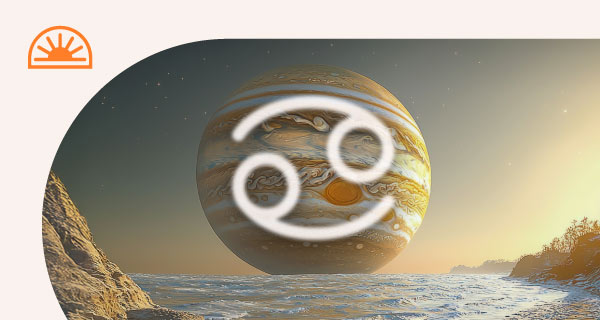Very few things are more enchanting than the night sky. Staring star-ward can take you places your mind has never been and your body will never go. For many of us, it doesn’t get much better than when the moon is full and her radiant glow lights our path, either spiritually or with what we see through our earthly eyes.
The full moon on February 20, 2008 definitely deserves a good long look, as nature promises to give us one of the best shows in the sky – a total eclipse of the moon! Cross your fingers for a cloud-free night, so we can bundle up and watch the moon enter the shadow cast by the earth, because it won’t happen again until 2010!
Total Eclipse of the Moon
The moon, bright as she may shine, casts no light of her own. What we are seeing is simply a reflection of the sun’s rays illuminating her in all of her glory when she is full. During an eclipse, the earth actually casts two shadows, known as the penumbra and umbra shadows. Think of this as a shadow-within-a-shadow. The penumbra shadow is larger and lighter than the umbra, and is scientifically interesting, but really doesn’t hold any visual impact for us ordinary stargazers. The penumbra shadow only blocks part of the sun’s rays, so even though a shadow is cast, it is rather imperceptible. Where things start to look cool is when the moon is passing through the umbra, the inner shadow that blocks all direct sunlight, and earth’s shadow starts to eat away at the moon.
The phases of the eclipse
The eclipse technically begins at 7:37 pm EST, when the Moon enters the penumbra. The show, however, really doesn’t start until 8:43 pm EST, which is when the moon begins to pass through the umbra. It is quite fascinating to watch the dark shadow grow, as it nibbles away at the full moon’s shape and shine… but it gets even better!
At 10:01 pm EST, celestial magic will start taking place. The moon, which started out full and radiant, then began to lose her shape to the black of the earth’s shadow, will now start to take on a colored hue, as the total eclipse begins. When the moon is in the umbral shadow, light is refracted from the earth’s atmosphere, and is reflected in the face of the moon. Because there is no direct sunlight, and therefore no white light, what the moon reflects earthward can range from yellows, to oranges, to reds, to browns – all dependant on the dust in our atmosphere.
10:26 pm EST marks the time of the greatest eclipse – or the halfway point. What we will see is a full moon in the sky, but a moon who looks like she’s painted with dye. Make your guess now on what color she’ll be!
At 10:51 pm EST she will regain her silvery hue as she concludes her journey through our shadow, and is once again partially hidden from view. At 12:09 am EST, February 21, the spectacle will reach its end, even though the eclipse isn’t over until the moon passes through and exits the penumbral shadow at 1:16 am EST.
The lunar effect on you
All of this science and magic is taking place in the tender care of Virgo. Even if you can’t see the eclipse, or don’t care to watch it, allow yourself to embrace the energies that are released. Choose to make use of them now and in the coming months – a “new you” is likely to emerge.
Virgo is the sign of perfection and purity. Virgo energy is healing energy – healing of the physical, as well as the spiritual. This organized and analytical sign pushes us to reach higher and be better than we were before. The very nature of Virgo is to move forward, correcting any and all issues or imbalances with love, perseverance and hard work.
Virgo is strength and beauty, compassion and intelligence. Virgo energy is instrumental in teaching self-love, with unassuming charity and grace. Tonight is the night to release that energy, carving the path that leads you from who you were to who you want to be.
How will the lunar eclipse affect you? Talk to a psychic to find out more. Call
1.800.573.4830 or
click here now.



